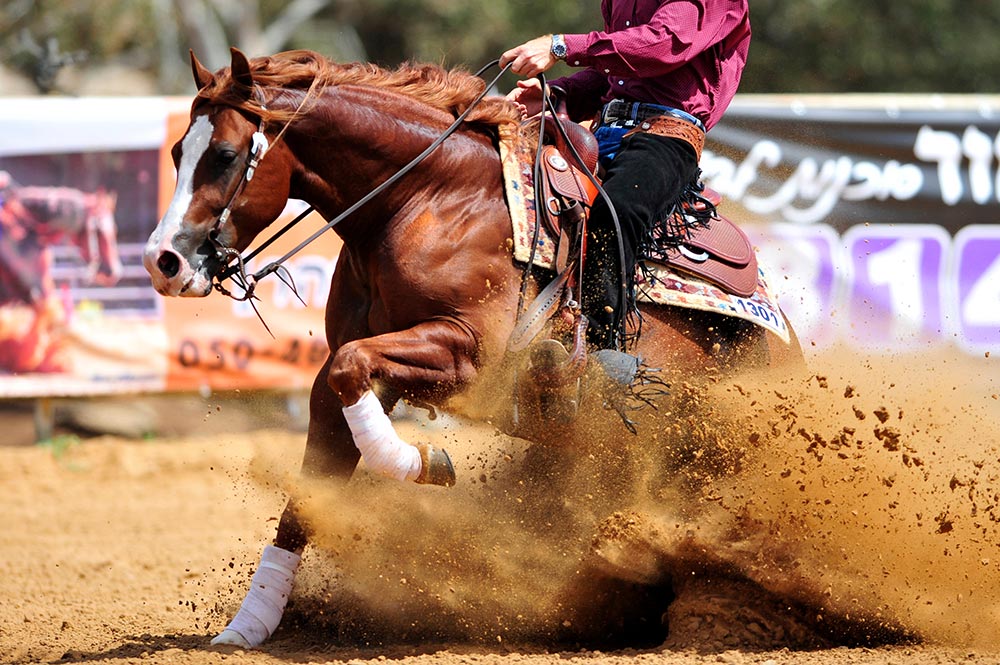
Horse Hind-Limb Enigmas
Learn about the common causes of equine hind-limb lameness and how veterinarians diagnose and treat them.
Prevention, diagnosis, and treatment of leg lameness

Learn about the common causes of equine hind-limb lameness and how veterinarians diagnose and treat them.

Two experts answer your questions about equine osteoarthritis, the No. 1 cause of poor performance in horses. Sponsored by American Regent Animal Health.

Protecting your young horse’s musculoskeletal system can help reduce his risk of injuries later in life.

Diagnostic imaging results are clearer than ever, but how they will affect a horse’s performance career isn’t always evident.

Varying the surfaces on which you exercise your horse can help produce a strong, well-rounded equine athlete.

Learn about 5 reasons to use complementary therapies such as acupuncture and chiropractic for your horse and the research behind them.

Learn how ultrasound tissue characterization can help veterinarians guide horses’ return from injury.

Learn why horses get kicked, how to treat kick injuries, and tips on preventing them in this article from the Summer 2024 issue of The Horse.

Researchers reviewed literature about an anatomical variation of the equine cervical spine called TC67 that occurs most often in Warmbloods.

What are the most common neck issues in horses and how are research and technological advancements helping veterinarians diagnose them?

Learn about 4 common injuries veterinarians see in these athletes, how they diagnose them, and what treatments and rehabilitation methods they use.

A detailed guide on whether hoof boots are suitable for your horse, covering reasons for use, selection, fitting, maintenance, and potential issues.

Should you cold hose or ice your horse’s legs after riding? The answer is more complicated than you might expect.

How long do I need to wait after sedation and injections before hauling my horse back home?

Learn how to assess your senior horse’s quality of life and know when it’s time to let go.

Consider the horse’s lameness history and gradually increase varied exercises to manage these mounts, one veterinarian says.
Stay on top of the most recent Horse Health news with
"*" indicates required fields